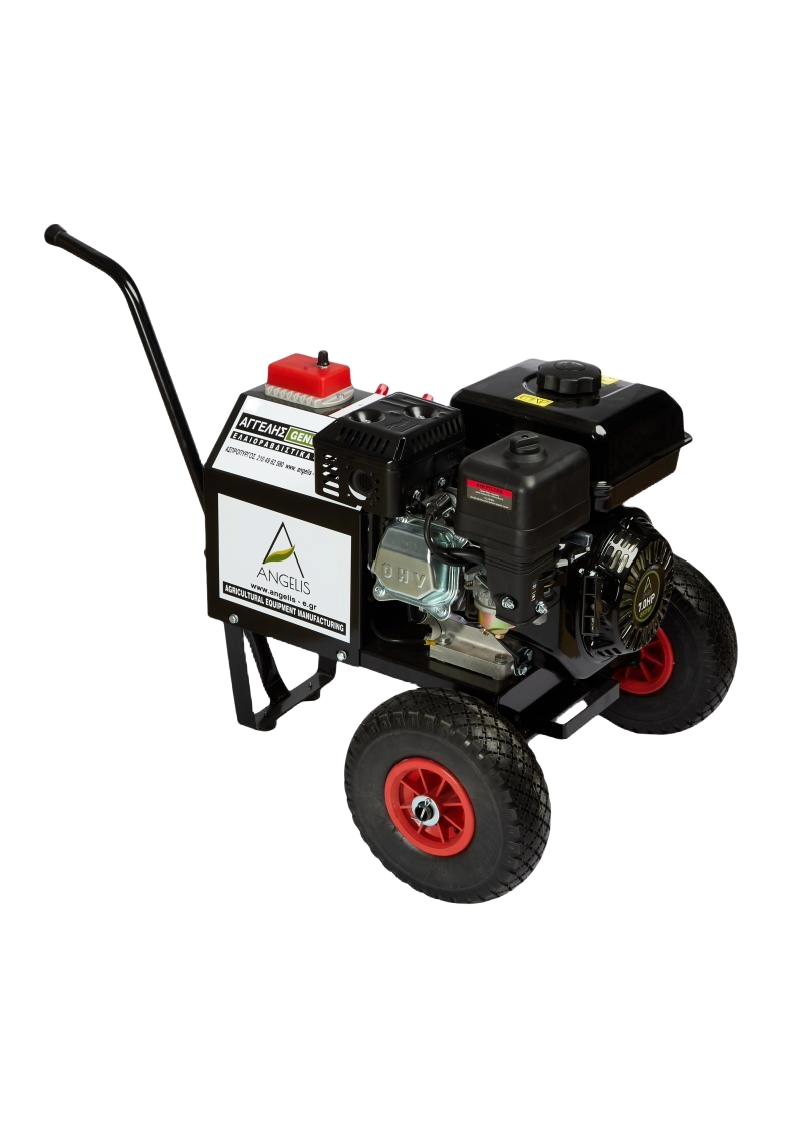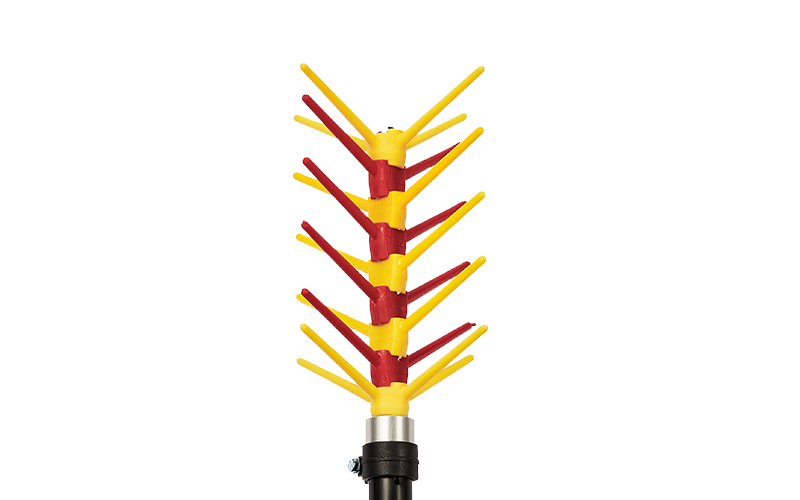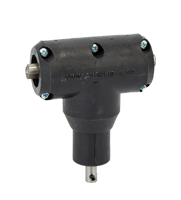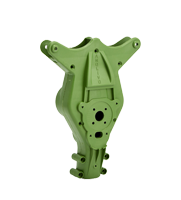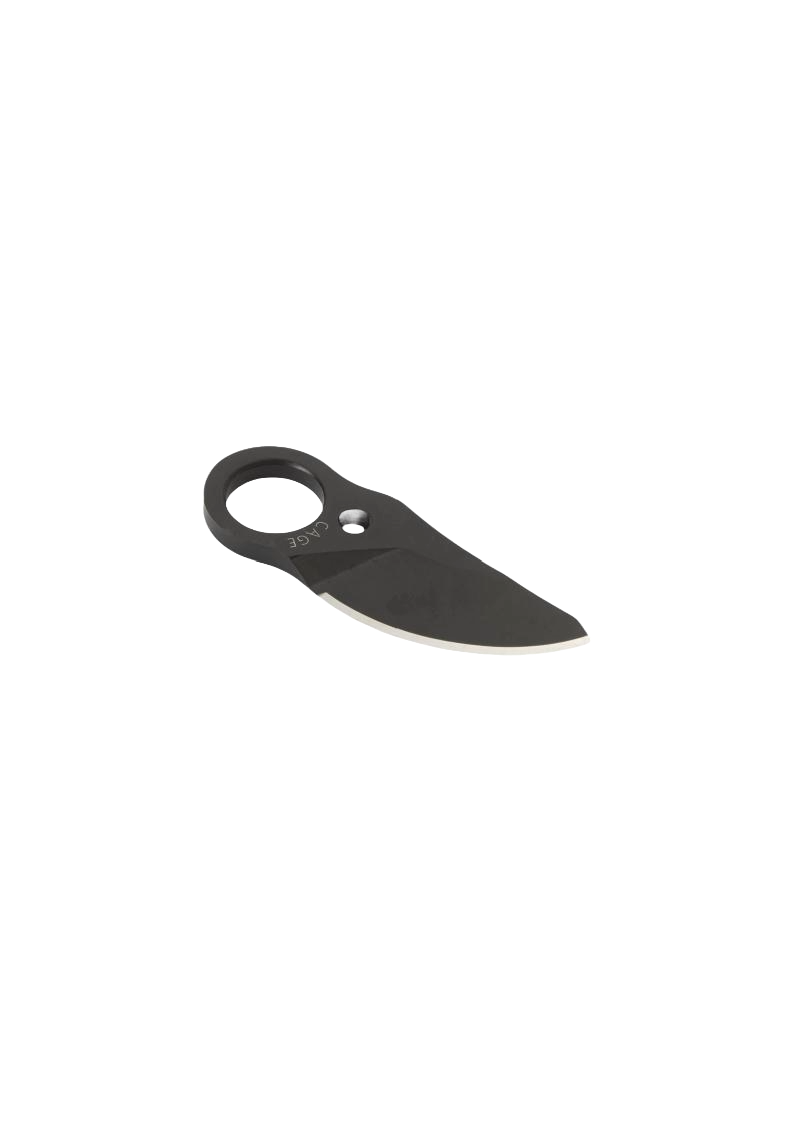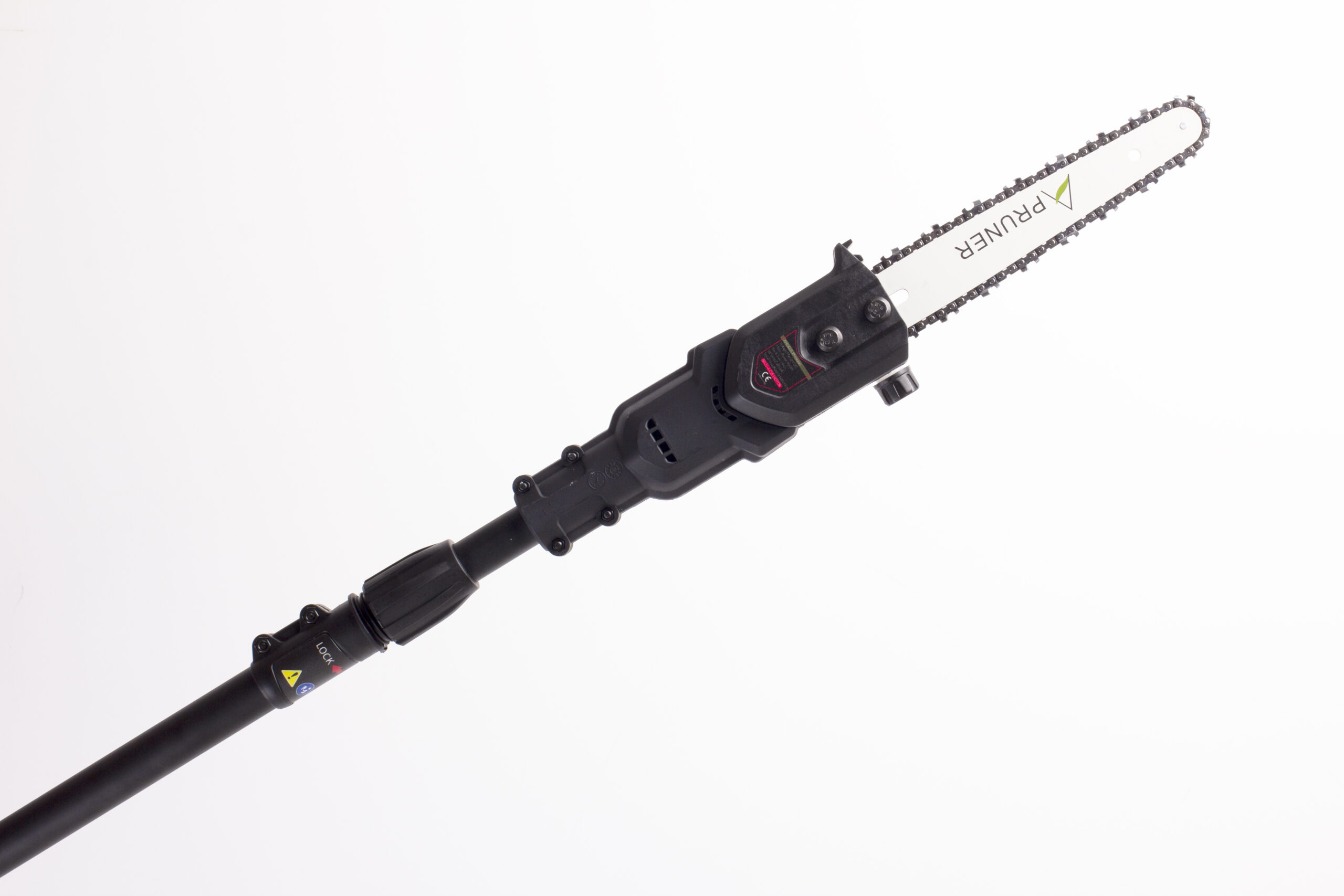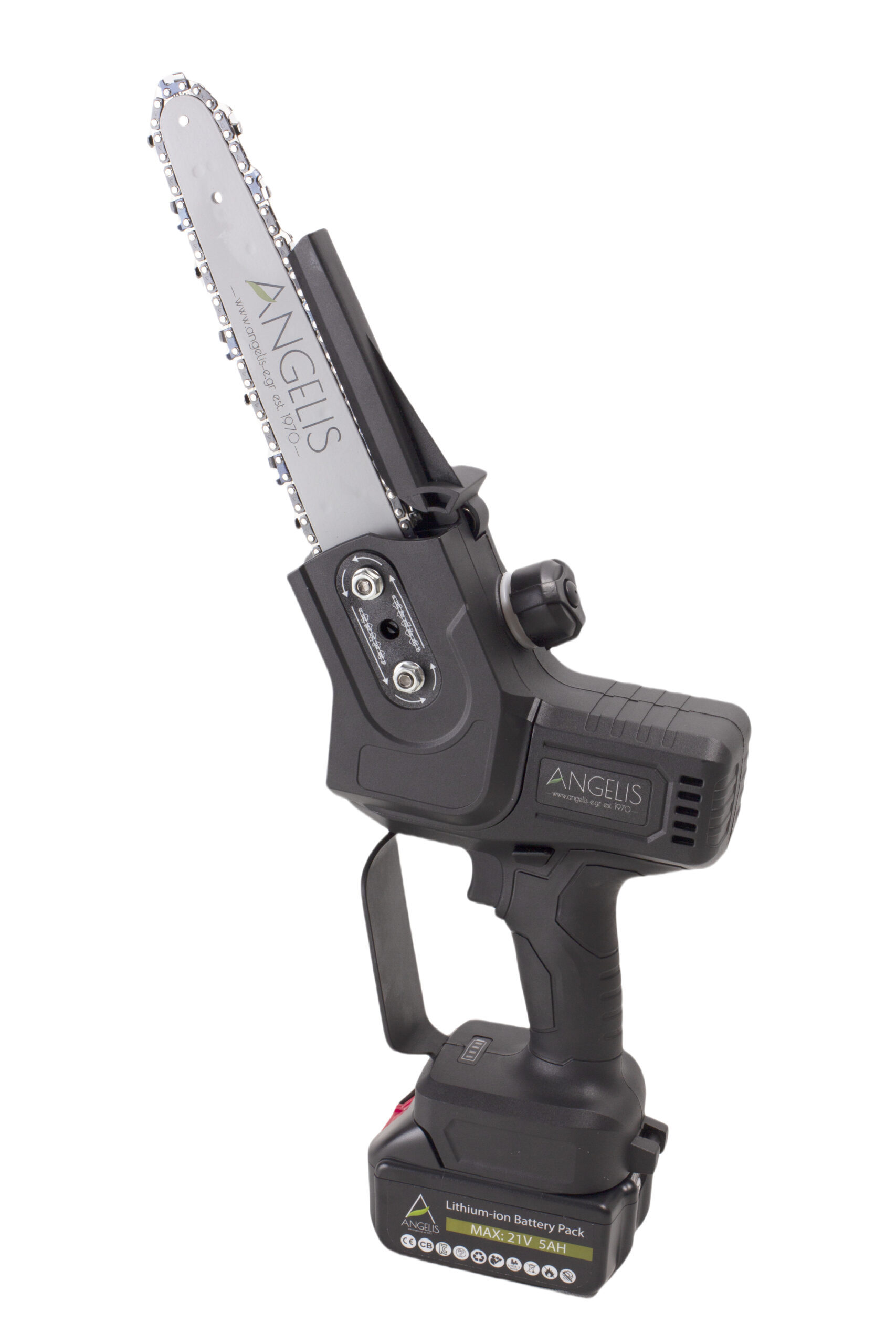Weed Management in Olive Groves
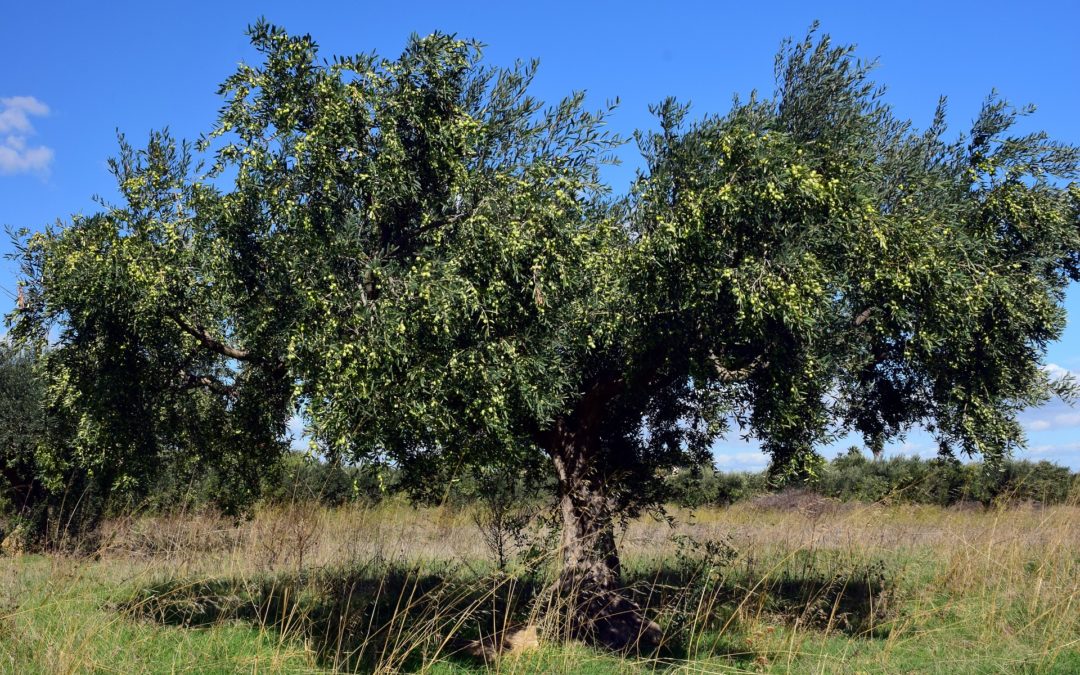
Weeds compete with olive trees for water and nutrient absorption, create problems during harvest, and when dry, increase the risk of fire during summer months. They also host harmful organisms and increase the risk of frost in olive groves located in cold climates. However, their presence in the olive grove also has positive effects, such as protecting the soil from erosion, attracting beneficial insects, enriching the soil with organic matter, and enhancing biodiversity. The requirements for weed management in an olive grove depend on the age of the trees, the time of year, and whether it is an irrigated or non-irrigated olive grove. The selection of the appropriate intervention method depends on these conditions and on the type of weeds, which requires proper identification of species and monitoring their presence in the field to ensure timely implementation of suitable control measures.
Control – Preventive Measures Before Olive Grove Establishment
- Avoid fields that have problems with difficult-to-control weeds.
- Fields with large weed populations should first be cleared of them, and the load of weed seeds and other reproductive organs significantly reduced before the olive grove is established.
- The control of difficult-to-manage weeds (e.g., perennial summer species, herbicide-resistant weeds) is more effective and sometimes only feasible if carried out before the olive grove is established.
- Perennial weed populations (e.g., Bermuda grass, Johnson grass) can be reduced through summer soil tillage.
Control in Established Olive Groves
Weed control should be carried out systematically from the first years of the olive grove's establishment. During the period from the onset of new growth (early spring) until olive oil extraction (late summer), the olive grove should be kept as free as possible from competitive weeds, especially if it is a rain-fed olive grove.
The management of winter weeds during the harvest period should be at least temporary. It is recommended to maintain natural or artificial vegetation during the rainy season, especially on sloping soils (slope greater than 10%). This is easy to do because no soil tillage is performed during winter.
Soil tillage brings to the surface the underground reproductive organs of perennial species, which are destroyed by high summer temperatures. Young olive trees in their first years after establishment are more vulnerable to competition for water and nutrients from weeds due to their limited root system. During this period, olive trees are at risk from weed competition.
For effective weed control and to avoid associated problems, a combination of methods is recommended.
Weed Management Methods
- Mechanical control through soil tillage.
- Mowing
- The establishment of cover crops is recommended, either by sowing selected species or by managing suitable wild plants.
- Soil mulching with various cover materials to prevent weed growth due to the shade created or the release of allelopathic substances.
- Chemical control with approved herbicides and according to label instructions.
Weed control with herbicides should only be applied to address problems that cannot be managed by other methods.
Pre-emergence herbicides are applied with sufficient soil moisture, when rain is expected, or with light incorporation. When applying post-emergence herbicides, adequate soil and atmospheric moisture is required.
For systemic herbicides, the dose is modified according to the weed species, as indicated on the label.
Post-emergence herbicides are recommended to be applied with directed spraying and low pressure, and spraying of fruits, leaves, shoots, wounds, or green bark (young trees) should be avoided.
Suckers or water sprouts should be removed beforehand.
Herbicide application should be done selectively.
A combination of mechanical weed control (light plowing, hoeing, or mowing) between tree rows and herbicide application only within the rows is recommended.
It is recommended to maintain unsprayed zones during herbicide application.
It is also recommended to maintain ecological infrastructures covering at least 5% of the plot, at its borders, or even within the olive grove (where the spreading of olive nets is not hindered). This applies especially to plants (maintained or planted) that have been found to host beneficial organisms (parasitoids of the olive fruit fly and other pests) such as: fleabane, carob, oak, holm oak, gorse, cistus, caper, etc. (Caution: ensure no source of infection is maintained).
Also, maintain hedge plants at the borders of olive groves, bird nests, and other environmental elements.



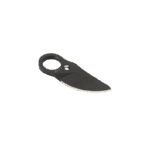 Pruning Machine Spare Parts
Pruning Machine Spare Parts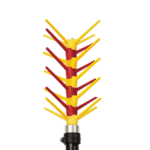 Spare parts Koupepe
Spare parts Koupepe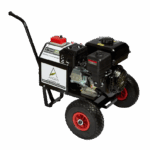 Wheeled Generator Spare Parts
Wheeled Generator Spare Parts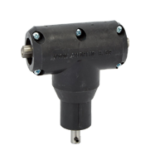 Spare parts Asteras
Spare parts Asteras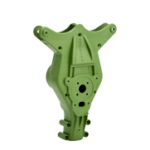 Spare parts Amolivo
Spare parts Amolivo